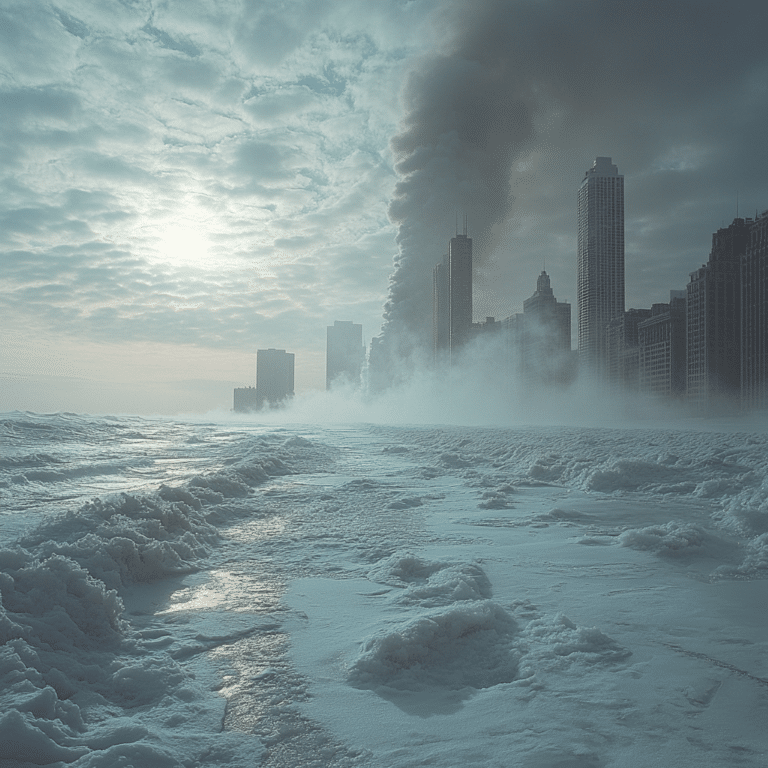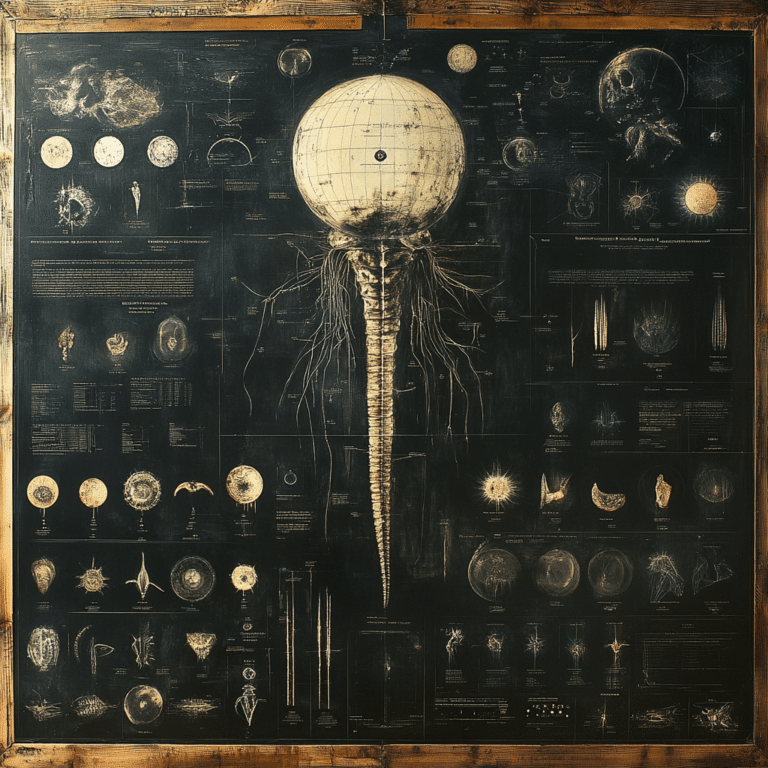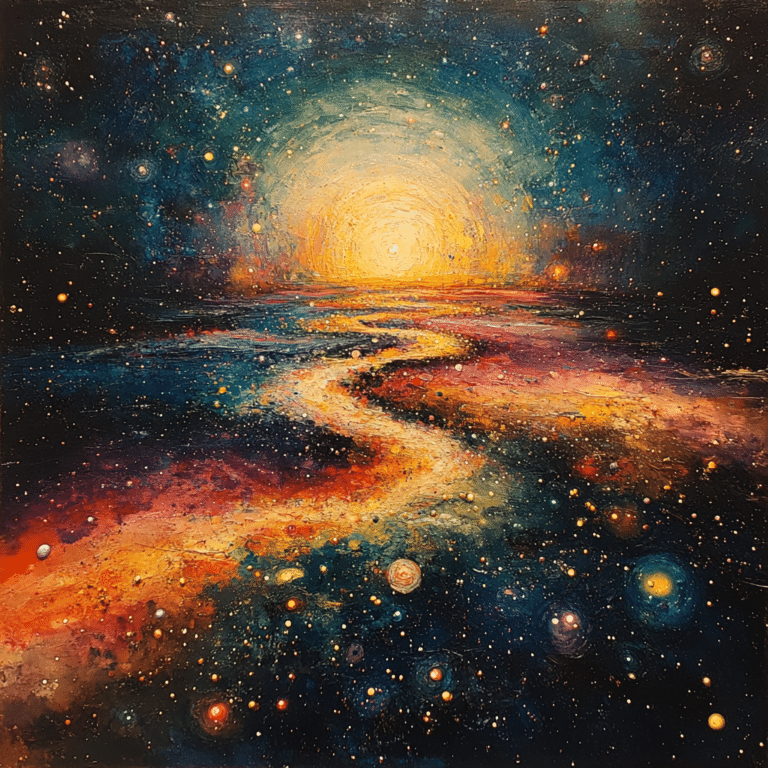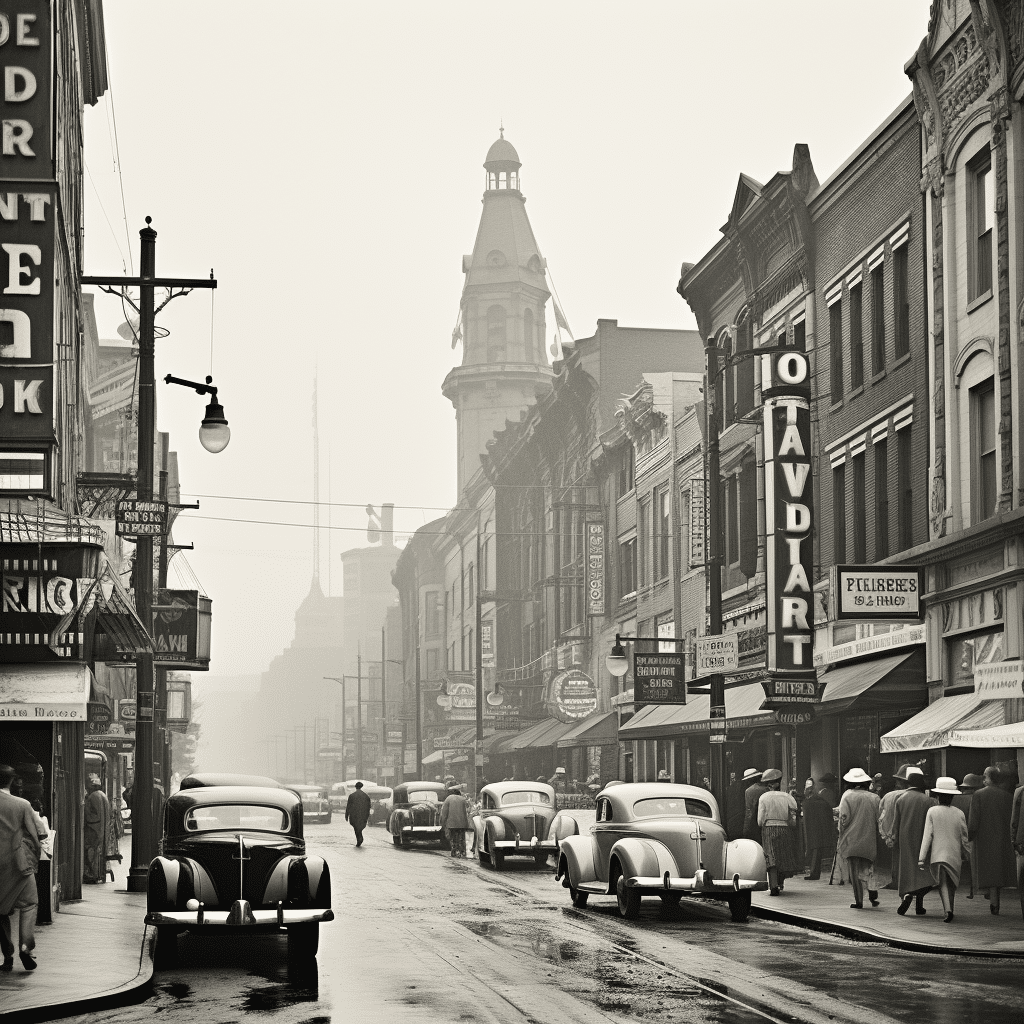<h2>Unexpected Arctic Sea Smoke Chicago Wows Residents</h2>
The stunning and rare natural event known as arctic sea smoke has recently captivated the residents of Chicago, painting a frosty, mystical scene across the city’s skyline. As residents awoke to a surreal beauty that seemed to whisper secrets of the Arctic, curiosity soared. This article delves deep into this fascinating phenomenon, exploring its causes, occurrence in Chicago, and the broader implications for understanding the city’s climate patterns.
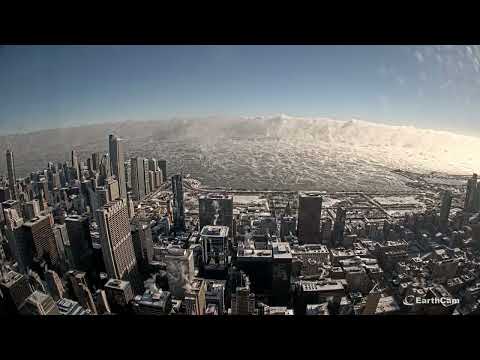
What is Arctic Sea Smoke?
Arctic sea smoke, often referred to as steam fog, is a rare meteorological event that occurs when exceptionally cold air moves over warmer water. This extreme temperature difference causes water vapor to condense, creating a thick, eerie fog that resembles dragon-tongues of frost exhaled by the sea. It’s a mesmerizing sight, one that is typically confined to polar regions but made a rare appearance in Chicago, leaving local residents in awe.
Arctic sea smoke stands out because it requires incredibly cold air temperatures, which are uncommon in temperate climates but frequent in the Arctic and Antarctic realms. Like your breath on a freezing day, the sea breathes out these frosty wisps, signaling just how frigid the air has become. Commonly, sea smoke tends to form when the air temperature hovers around or below 10 degrees Fahrenheit.
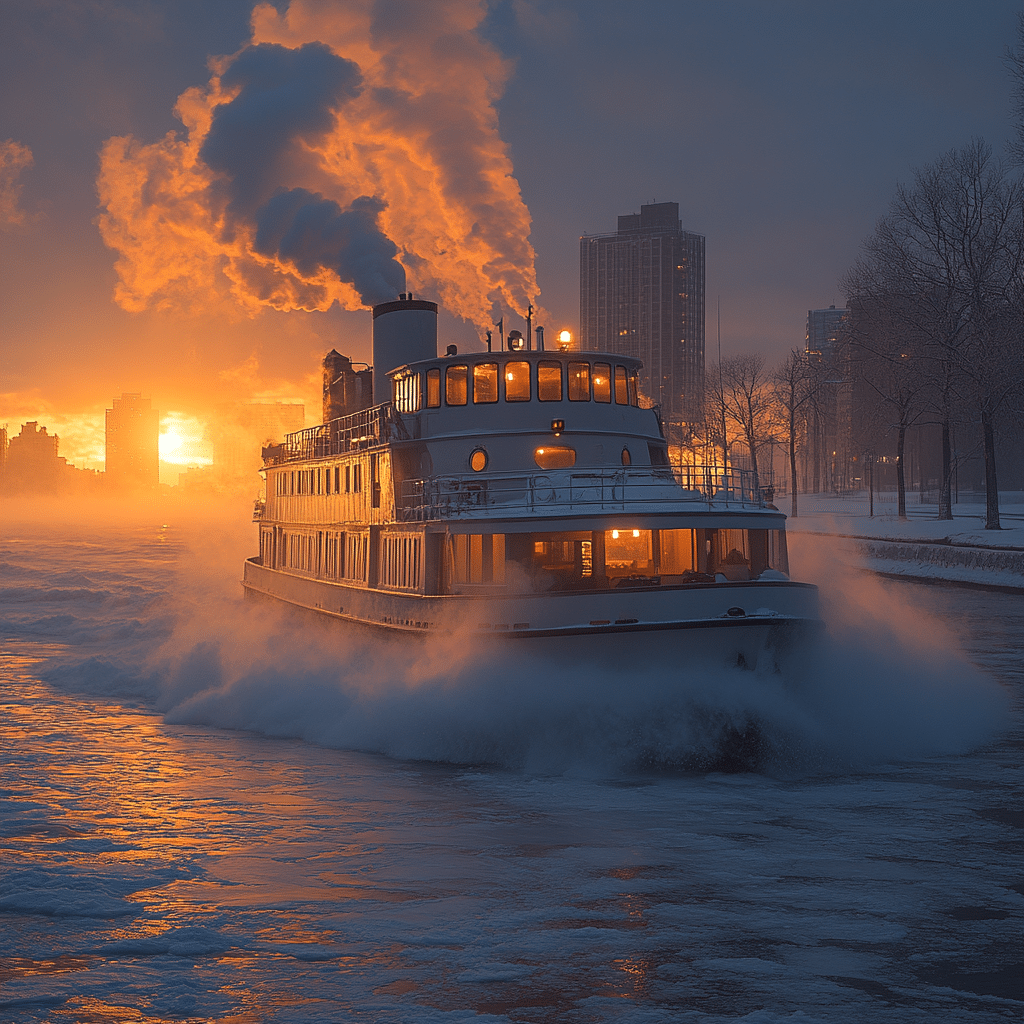
The Science Behind Arctic Sea Smoke in Chicago
Understanding the mechanics of arctic sea smoke in Chicago involves dissecting specific atmospheric conditions:
– Temperature Contrast: For arctic sea smoke to arise, an extreme temperature difference between the air and the water surface is vital. Typically, Lake Michigan must stay unfrozen with its water slightly above freezing, while air temperatures plummet dramatically.
– Humidity Levels: High humidity during wintertime in Chicago can enhance the sea smoke effect, forming denser and more visible fog.
– Wind Conditions: Light wind speeds play a crucial role. They transport the cold air over the lake’s warmer surface without dispersing the fog.
So, what makes the fog appear so ethereal? When a light breeze of very cold air meets a thin layer of saturated warm air right above warmer water, the warmer air cools beyond the dew point. This cooling process causes excess water vapor to condense, manifesting as a thick fog or sea smoke that hovers mystically above the water.
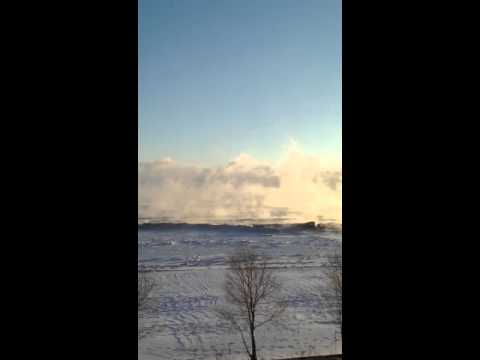
| Parameter | Details |
|---|---|
| Phenomenon Name | Arctic Sea Smoke |
| Location | Observed in Chicago (and other similar regions) |
| Formation Conditions | – Very cold air passes over warmer water – Light wind of very cold air mixes with a shallow layer of warm air |
| Necessary Air Temperature | Below 10 degrees Fahrenheit |
| Commonality | – Uncommon in temperate climates – Common in Arctic and Antarctic regions |
| Description | – Essentially fog above water – Resembles “dragon-tongues of frost” |
| Height of Sea Smoke | Typically 20-30 meters |
| Formation Mechanics | – Warm air above water is cooled beyond the dew point – Excess moisture condenses out, forming fog |
| Visual Indicator | Similar to seeing your breath on a cold day |
How Arctic Sea Smoke in Chicago Differs from Other Locations
Comparing Chicago’s awe-inspiring arctic sea smoke to occurrences in traditional regions reveals some intriguing insights:
– Geographic Variables: Unlike the Arctic or Antarctic, where sea smoke is routine, Chicago’s urban heat island effect contributes to unique temperature gradients. This anomaly offers a stark contrast to polar climates.
– Seasonal Variability: In regions like Svalbard or Greenland, sea smoke is a staple of the long winter months. Interestingly, its manifestation in Chicago aligns with unseasonal warmth reported in parts of Lake Michigan, suggesting shifts in regional climate patterns.
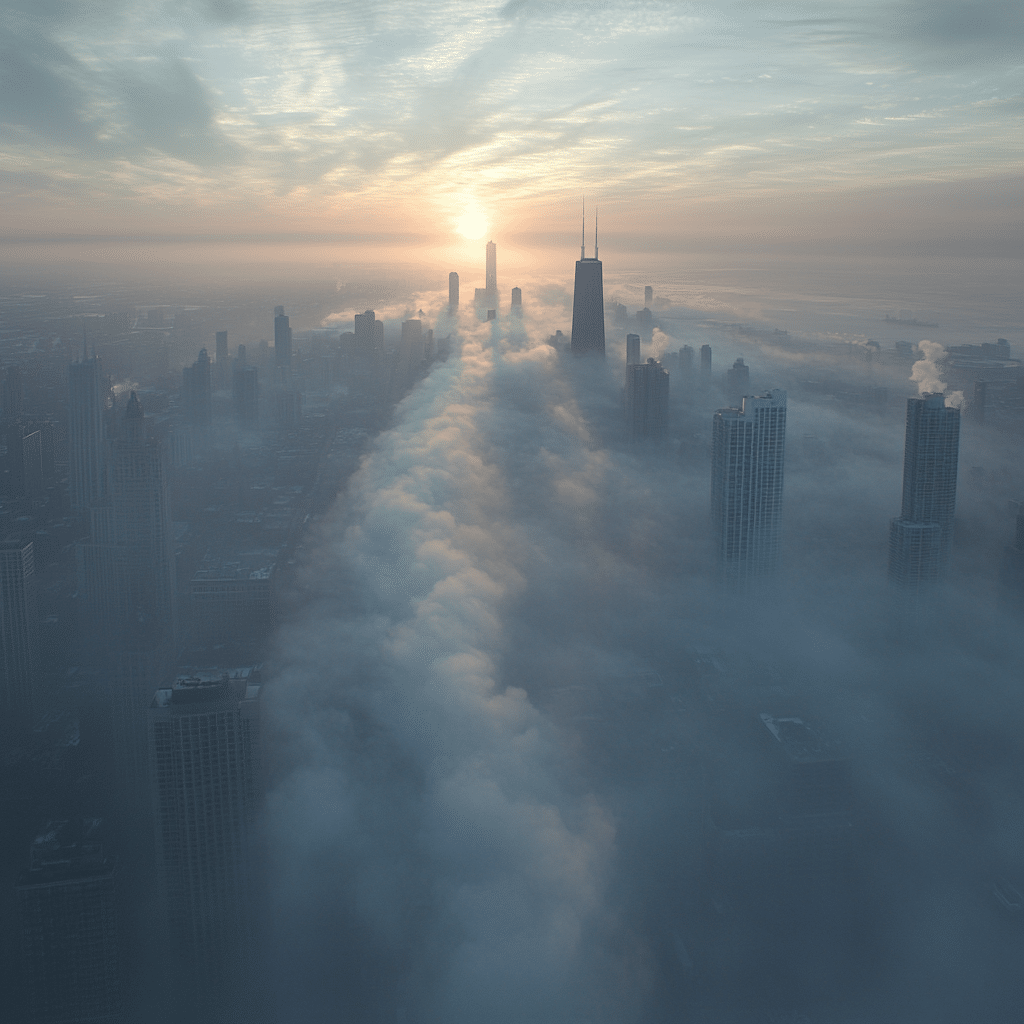
Historical Instances of Arctic Sea Smoke in Chicago
Though rare, there are historical records of arctic sea smoke in Chicago that can offer perspective on this year’s phenomenon:
– December 1983 Cold Wave: During one of the harshest winters on record, Chicago witnessed minor arctic sea smoke formations, although they lacked the grandeur of this year’s spectacle.
– January 2014 Polar Vortex: This intense cold snap resulted in brief sea smoke events along the lakefront, capturing the attention of meteorologists and the public alike.
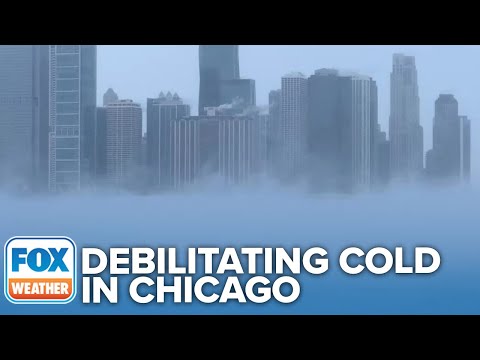
Environmental Impact and Implications for Arctic Sea Smoke in Chicago
The appearance of arctic sea smoke in Chicago spurs several environmental discussions:
– Climate Change Signals: Such anomalies may signal shifting climate trends, where warm water bodies contrast sharply with severe winter air temperatures.
– Urban Planning Adjustments: Recognizing these rare phenomena can influence urban infrastructure, encouraging designs that accommodate sudden climatic surprises.
– Ecological Consequences: Temperature fluctuations can disrupt local ecosystems, potentially altering lake biodiversity and influencing migratory patterns of aquatic life.
Capturing Arctic Sea Smoke in Chicago: A Photographer’s Dream
This ethereal phenomenon has drawn the attention of photographers and enthusiasts alike:
– David Yarrow: Renowned for capturing stark natural scenes, Yarrow’s stunning photograph of arctic sea smoke from Navy Pier became an overnight sensation across social media platforms.
– Local Photography Groups: Communities such as the Chicago Photography Collective organized workshops to teach novice and expert photographers how to capture this elusive phenomenon under optimal conditions.
Expert Opinions on Arctic Sea Smoke in Chicago
Expert insights offer deeper understanding of the phenomenon:
– Dr. Jessica Teeling, Meteorologist: “The appearance of arctic sea smoke in an environment like Chicago is a marker of broader systemic changes in climate. It’s fascinating yet a cause for concern.”
– Professor Aaron Douglas, Climatologist: “Events like these underscore the intricate relationship between atmospheric conditions and natural water bodies. This year’s arctic sea smoke could foreshadow more frequent occurrences if current climate trends continue.”
The Community Response to Arctic Sea Smoke in Chicago
Local reactions offer a unique perspective on how this rare event has resonated with Chicagoans:
– Social Media Buzz: Platforms like Instagram and Twitter were abuzz with hashtags like #ArcticSeaSmokeChicago, reflecting public fascination and a wave of viral interest.
– City Initiatives: The Chicago Department of Environment used the occasion to launch educational campaigns about climate awareness and conservation efforts, reaching out to citizens via social media campaigns.
Conclusion: Reflecting on the Mystique and Future of Arctic Sea Smoke in Chicago
Arctic sea smoke gracing the shores of Chicago not only provides a mesmerizing visual spectacle but also signals intricate climatic shifts. As urban residents marvel at this rare event, scientists delve deeper into its implications. Combining awe with rigorous analysis, the study of Chicago’s arctic sea smoke fosters a deeper understanding and preparedness for future meteorological marvels.
Arctic Sea Smoke Chicago: Rare Frosty Phenomenon
When it comes to peculiar weather events, few are as fascinating as the arctic sea smoke in Chicago. This phenomenon occurs when frigid air moves over comparatively warmer water, creating what looks like steam rising from the lake. It’s like an otherworldly scene right out of a fantasy novel.
The Science Behind the Smoke
First off, you might wonder how arctic sea smoke gets its ethereal appearance. Well, it’s a combination of heat and moisture that creates this icy spectacle. When the lake’s water is much warmer than the frigid air above it, the water vapor condenses, forming a mystical fog. Imagine how Mikan Tsumiki might feel—always surrounded by a mist of mystery!
More Than Just Weather
But wait, arctic sea smoke Chicago doesn’t just surprise us; it also bears cultural significance. This frosty fog often appears in the coldest months, catching even the most unsuspecting residents off guard, much like the classic Ancient Chinese Secret commercial. And speaking of surprises, did you know Anita Gillette once joked about the unexpected quirks of Chicago weather on national television?
Historical and Modern Takes
Interestingly, the occurrence of arctic sea smoke has deep historical ties. Early settlers would often witness these steamy scenes and were occasionally spooked, thinking it might be an omen. It’s a stark contrast to today’s weather enthusiasts who track these occurrences akin to shifting historical interest rates Charts. Chicago’s lakefront has seen everything from bustling port activity to serene, misty mornings that Anita Marks herself would probably love to comment on.
Cultural Oddities and Tidbits
One more fun tidbit – during the bitter cold, the phenomenon often triggers creative responses. Sometimes, humor is the best medicine, just like those wacky 911 Jokes people share to lighten the mood during harsh winters. And it serves as a reminder of how the human spirit, much like the lake’s waves, always finds a way to rise above the cold.
Through understanding these fascinating facts, the arctic sea smoke Chicago not only emerges as a scientific curiosity but also a cultural and historical gem. So, next time the frosty fog rolls in, take a moment to appreciate the blend of science, history, and humor that wraps around you.
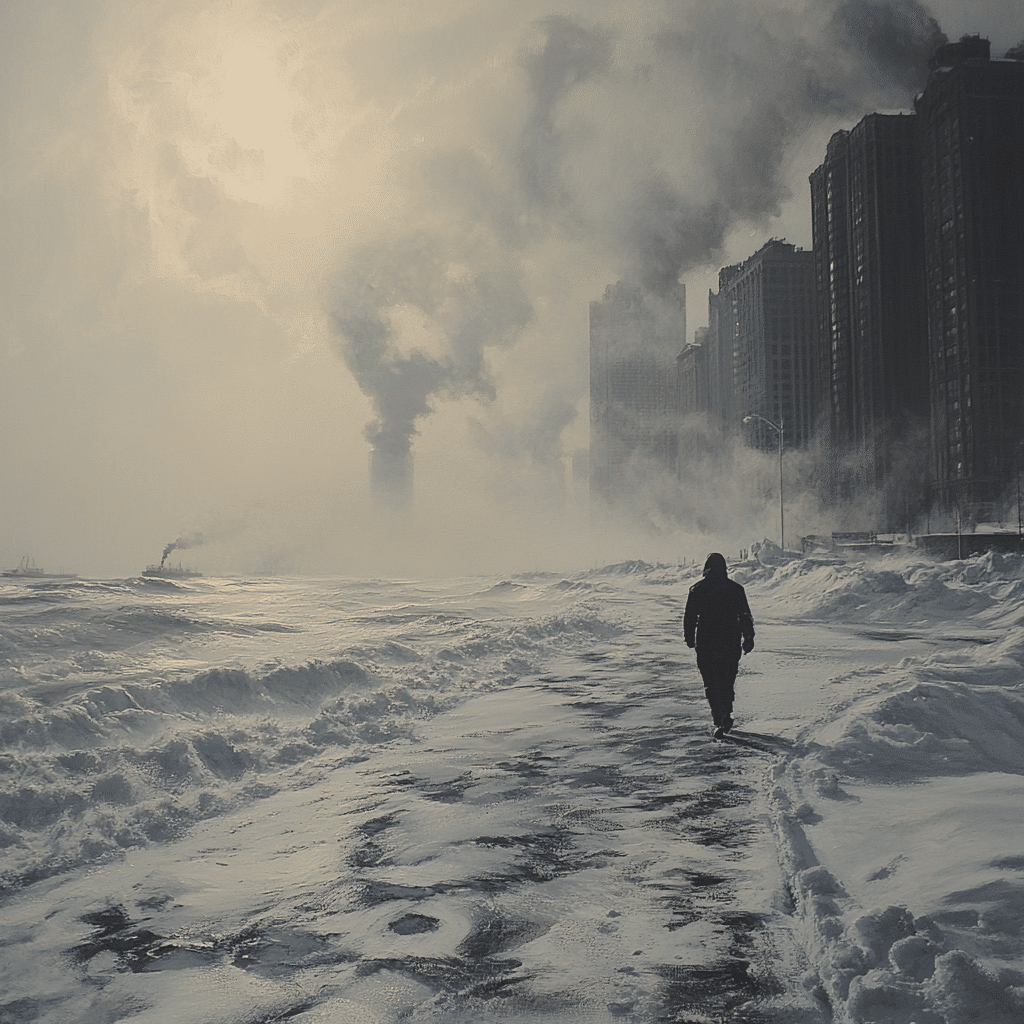
Where does Arctic sea smoke occur?
Arctic sea smoke is usually seen in the Arctic and Antarctic regions. It’s pretty rare in places with milder climates.
How cold does it have to be for sea smoke?
Sea smoke shows up when the air temperature drops below 10 degrees Fahrenheit. If you see it, you know it’s really, really cold out.
How is sea smoke created?
Sea smoke starts when very cold air passes over relatively warm water. A light wind mixes the cold air with the shallow warm air right above the water, causing moisture to condense into fog.
What causes sea smoke?
You get sea smoke because colder air mixes with warm, moist air just above the water, cooling it past the dew point and forming fog.
What type of fog is sea smoke?
Sea smoke is basically fog that floats above the surface of the water. It’s not just any fog; it happens when cold air flows over warm water.
What type of fog is Arctic sea smoke and steam devils?
Arctic sea smoke and steam devils are types of fog that form when extremely cold air meets warmer water, creating dramatic, foggy visuals.
What is it called when you can see your breath in the cold?
When you see your breath in the cold, it’s called condensation. It’s like a mini version of sea smoke happening right in front of your face.
Where do you taste sea smoke?
You can’t actually taste sea smoke, but you might experience it by the sea in very cold conditions, typically in Polar regions.
How cold is deep underwater?
Deep underwater, temperatures can get really cold, usually just above freezing, but it varies depending on the ocean’s depth and location.
What does seasmoke look like?
Seasmoke looks like wispy, grayish-white fog floating just above the water surface. It’s eerie and beautiful, like the sea’s own breath.
What is the smoke that comes off of ice called?
The smoke rising from ice is called sublimation when it turns directly from solid to gas. It’s also known as sea smoke over ocean ice.
What is the steam coming off ice?
The steam you see coming off ice in very cold conditions is called sea smoke. It looks like a ghostly mist floating above the ice.
What is arctic sea smoke?
Arctic sea smoke forms when frigid air moves over warmer sea surfaces, causing the moisture to condense rapidly and create fog.
Why is it hazy over the ocean?
It looks hazy over the ocean when sea smoke forms. Cold air moving over warmer water causes fog to appear over the surface.
Why is Maine so foggy?
Maine is so foggy because it has lots of cold air coming in from the ocean mixing with the slightly warmer surface waters, especially in colder months.
Where does sea fog occur?
Sea fog usually forms over the water when warm, moist air flows over the cooler sea surface, causing the air to cool down and form fog.
Where is sea smoke from?
Sea smoke mostly comes from the ocean or large bodies of water where cold air meets warmer surface water, causing condensation.
Where does Arctic pollution come from?
Arctic pollution mostly originates from industrial activities, vehicle emissions, and long-range atmospheric transport from other regions.
How is Arctic smoke formed?
Arctic smoke forms when there’s very cold air blowing over warm water. This mix cools the air quickly, causing water vapor to condense and turn into fog.

